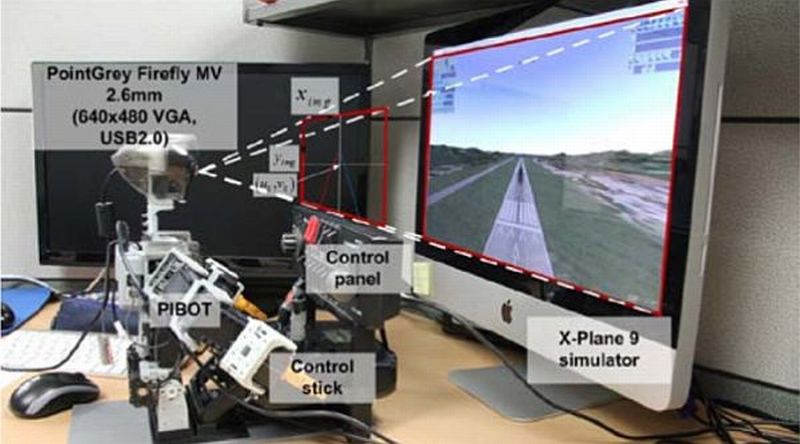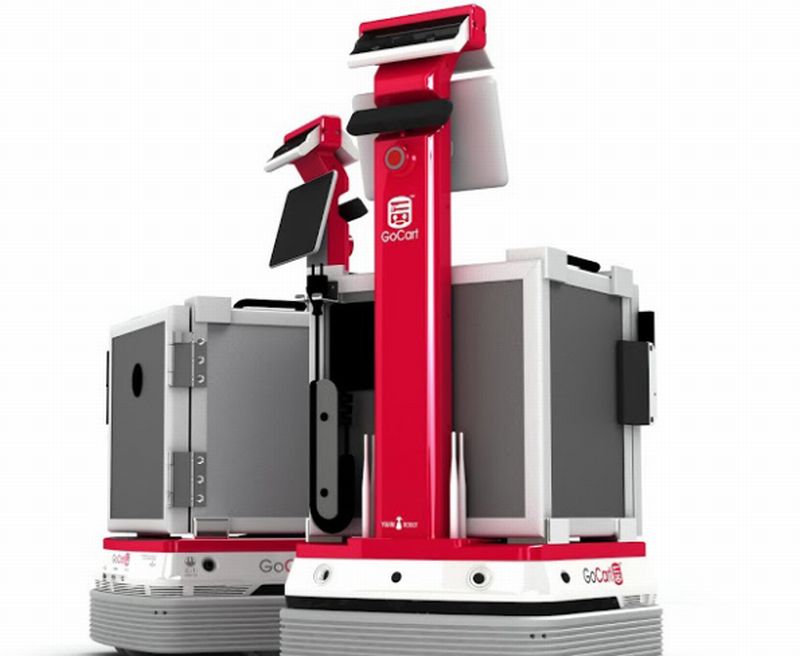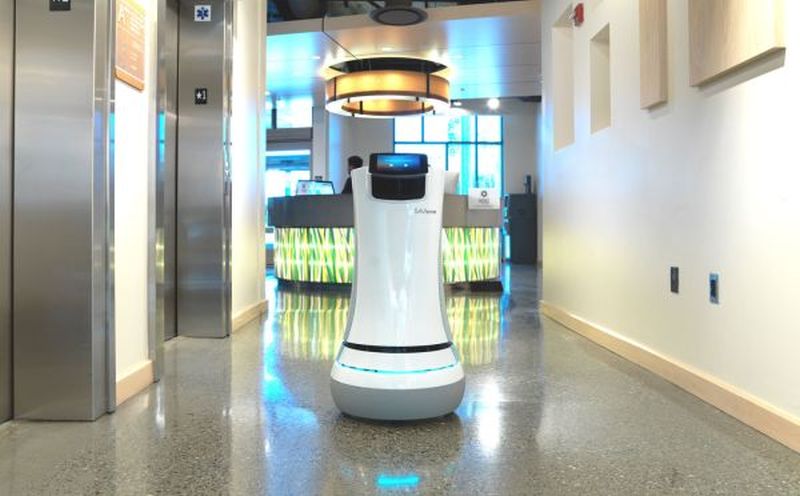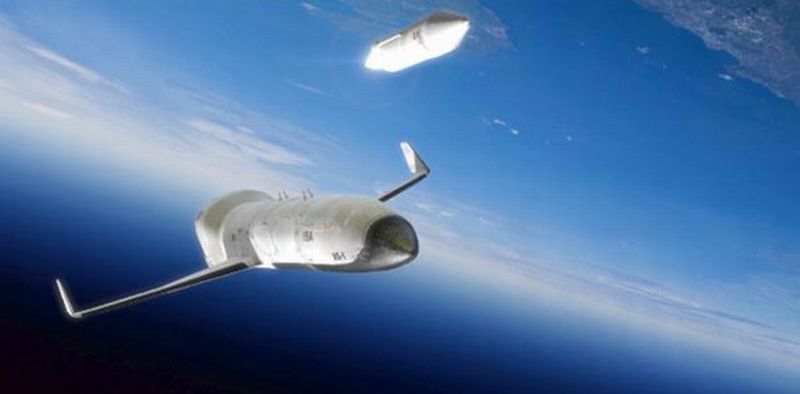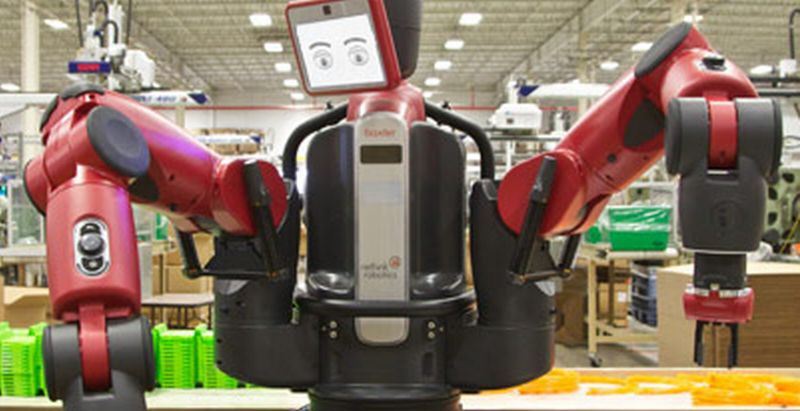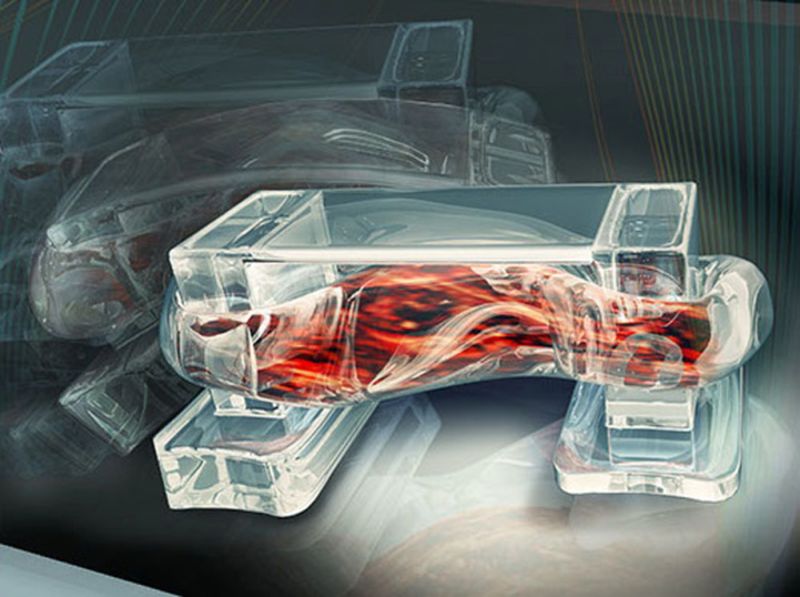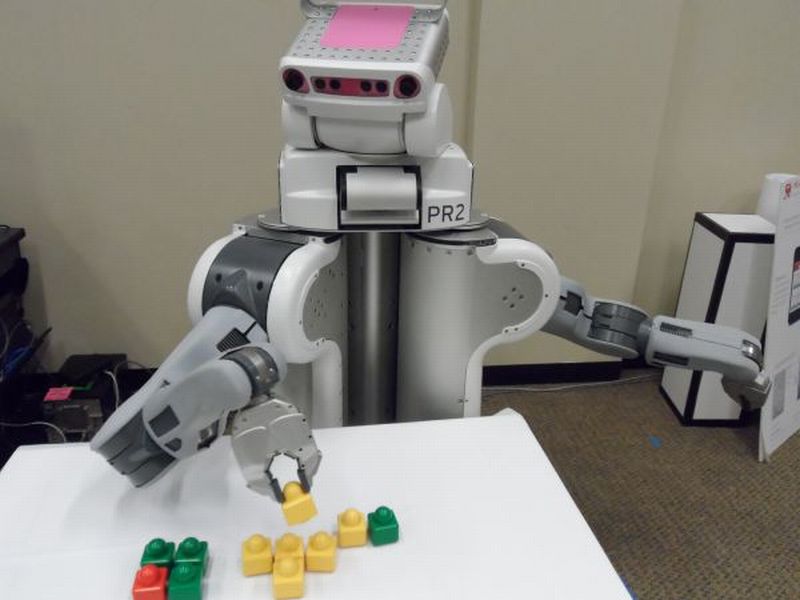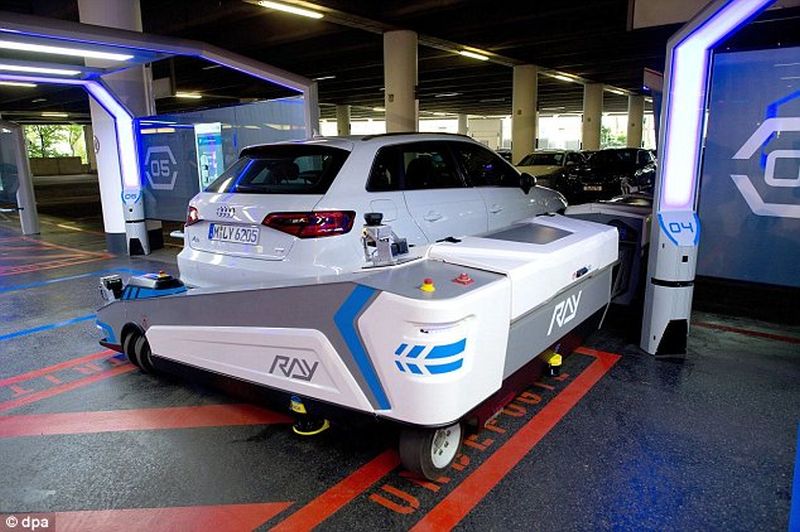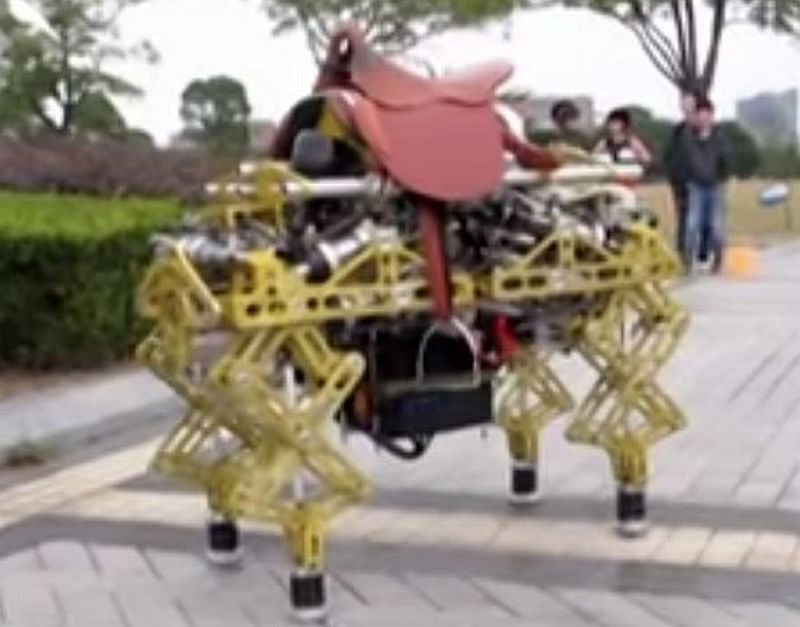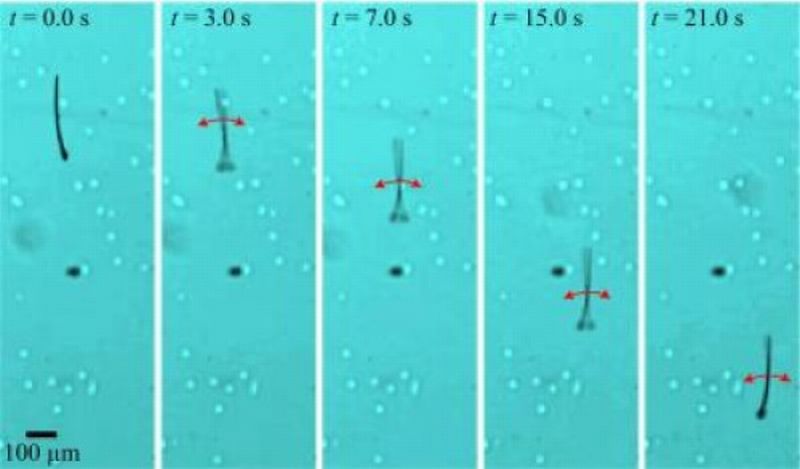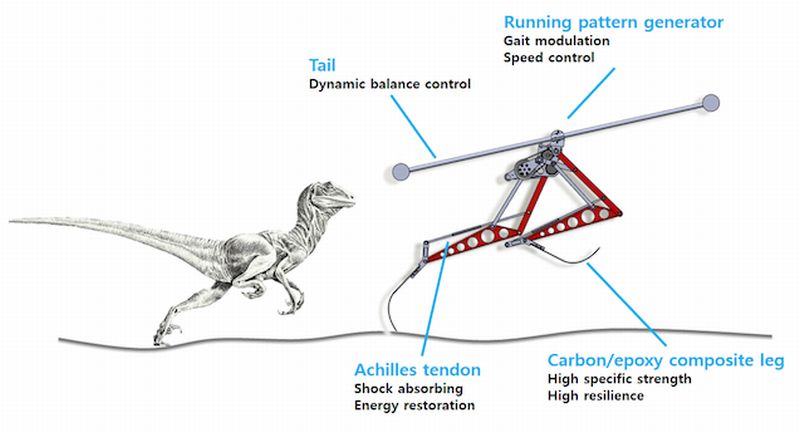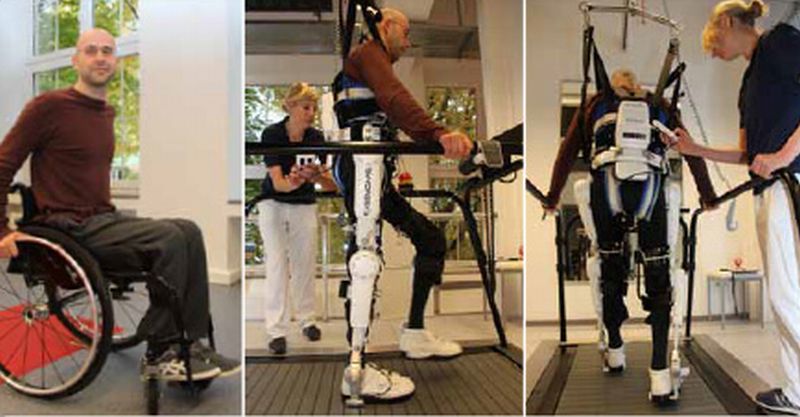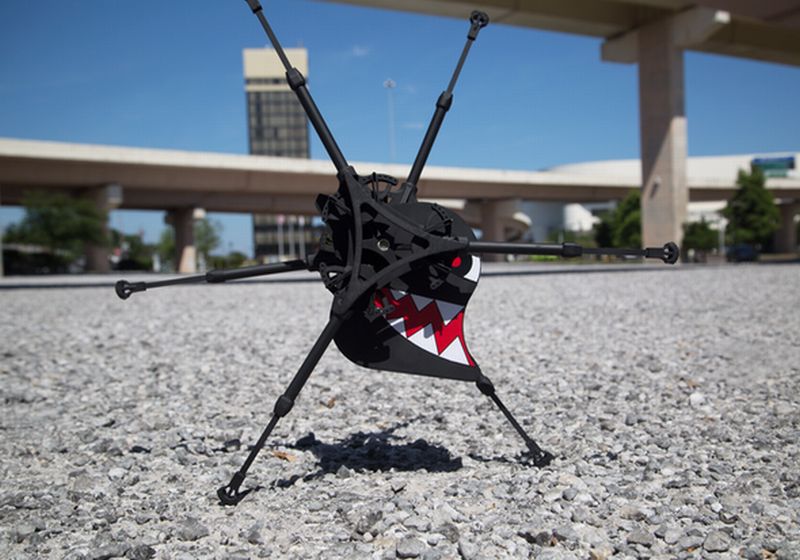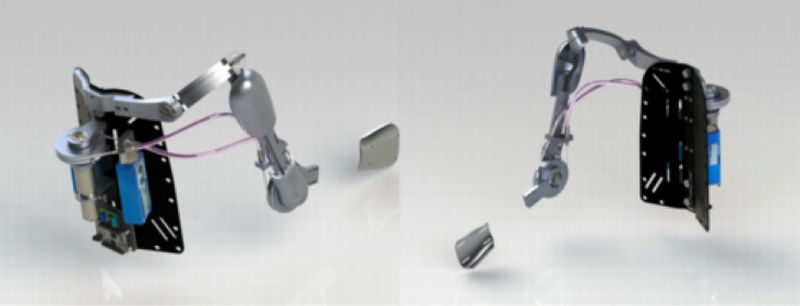Last week, we talked about NAO, the humanoid learning to steer wheels and now we have a similar humanoid that is learning to fly real planes. PIBOT is the name of the small and affordable humanoid that is ready to take off our expectations into the skies. PIBOT has been fabricated to operate a toned down, simulated aircraft cockpit. The intelligent synthetic creature is able to make out and use the entire controls comprising of buttons and switches present in the cockpit of a light aircraft that is especially designed…
Read MoreTag: robotics
GoCart, the Food Delivery Bot: Service Robot for Elderly and Health Care Industry
Slowly and steadily, robots are replacing labor in nearly all sectors some envision it as a threat while others think that it will make the human lives more convenient. There is no doubt that these machines would directly improve productivity and efficiency especially in service sector. Thinking on the same lines, manufactures are working across nations in developing service-oriented bots, first came James the Barman, followed by SaviOne the butler bot and now South Korea-based Yujin Robot has come up with GoCart, a meal-transport machine especially designed to function in…
Read MoreSaviOne the Butler Bot: Service Robot for Hospitality Industry
Last year we talked about James, the new Barman and now we would be witnessing a robot butler developed by Savioke (pronounced “savvy oak”) entering the hospitality industry to maximize customers’ experience. As of August 20, Savioke’s first delivery robot (Botlr) nicknamed as A.L.O by the hotel, will be seen operating in hotel Aloft in Cupertino, California. In its pilot program, ROS powered autonomous robot, Botlr will be assisting hotel staff in delivering amenities such as mobile charger, towels, brush or even snacks, to the guest’s room and thus saving…
Read MoreDamaged Robot learns to Hobble Quickly: Coping with Limb Loss
Last year, a set of researchers at the Sorbonne University, Paris created a hexapod that was able to figure out how to walk even after one of its legs was malfunctioned, just like animals do. The robot was very much dependent on an experimental discovery to carry out the best gait to surmount the caused damaged. This meant that it analyzed then entire stuff that has been programmed into it to figure out the best possible way. Although, this worked fine but it consumed nearly 20 minutes every time it…
Read MoreUS military to develop a Reusable Unmanned Spacecraft: The Experimental Spaceplane project
The US military is looking forward to create an affordable and efficient robotic space plane that has an ability of embarking payloads directly into the orbit. DARPA has already granted the design contract to three firms namely, Boeing, Masten Space Systems and Northrop Grumman. For the initial stage of the Experimental Spaceplane project, also called the XS-1, the firms have collaborated with similar other aerospace companies. For instance, Boeing is working with Blue Origin, Masten is teaming up with XCOR Aerospace and Northrop Grumman is collaborating with the Virgin Galactic.…
Read MoreBaxter Research Robot: Ideal Platform for Collaborative Robotics
Baxter Research Robot is an interesting and affordable concept for the corporate and academic robotics research across the world. It would help teaching fifth graders how to code on a real robo machine. Targeted towards academic and corporate R&D departments, it would assist in human-robot interaction and collaborative robotics to the next level. Safe and reliable hardware platform The humanoid robot platform is worth $25,000 (USD). It consists of two 7-axis arms, embedded cameras, sonar, torque based sensors and direct programming access through standard Robot Operating System interface. It makes…
Read MoreSkeletal Muscle Cell Powered Bio-Bots: Micro-Bots controlled by an Electric Field
Inspired from living organisms, researchers try to create robots that can simulate living creatures mechanically or chemically. This field of science is named as Biorobotics. A team of researchers at the University of Illinois at Urbana-Campaign has made a miniature walking bio-bots that derive its power from living muscle cells. And their movement can be regulated externally using electrical pulses.
Read MoreOnline Interactive Visualizations: New Learning Tool for Robots
Researchers at the University of Washington have come up with an approach where robots would be working or learning new skills via collaborating working by shooting a set of query to a larger online community. Rajesh Rao one of the lead scientist asserted that they are taking the one to one interaction to the next stage where the machine would be asking help from the whole world in case it happen to stuck at some problem or a puzzle. Until now, robots could only acquire learning through imitating humans, which…
Read MoreAutomated Parking System: ‘Ray’ the New Parking Assistant
Nowadays it is a major challenge to find a perfect parking space in cities, especially in a busy area like markets, railway station or at the airport. The trouble further increases when you are in a hurry to board a flight or watch a movie in the theater.
Read MoreBiomimicry: Baby Elephant with Parallel Mechanism Legs
Until recently, most robots were designed to assist humans, right from the kitchen to their office premises we have seen these bots performing multi-tasking. Many fascinated machines have been fabricated keeping the nature in mind and this has led to a new field within robotics called the biomimicry. Every now and then, researchers come up with mind blowing ideas and concepts which creates an awe amongst the masses and this time, researchers at Shanghai Jiao Tong University, Shanghai, China has created the same wave with their ‘baby elephant’. The robot…
Read MoreMagnetoSperm Microrobots for the Nanoworld: Biomimicry
Nature does not stop us marveling at its splendor be it at macro level or micro scale. There are limitless options to investigate and get inspired. Biomimicry is one such field in robotics, which is completely drenched with nature’s splash. Researchers do not leave any stone unturned when dealing with robos inspired from nature, lately a concept is put forward by experts at the University of Twente, Netherlands. They have taken inspiration from nature’s locomotion at microscale and have combined the process of two micro-scale entities like magnetotactic bacteria and…
Read MoreSprinting Robot Raptor based on Velociraptor: Faster than Cheetah
Whenever we talk about speed and agility, first thing that comes to our mind is Boston Dynamics Cheetah, which runs at a speed to about 45.5 km/h. Until now, none of the bots have been able to give tough fight to the big cat, however, it seems, researchers at KAIST are preparing to stand tall with their new sprinter, Raptor. It has shown an impressive speed of 46 km/h, which happens to be slightly more than the big cat. Wow! Experts at the Korea Advanced Institute of Science and Technology’s…
Read MoreHAL Therapy: The Medical Service with Robot Suit
Team of researchers at the Centre for Neurorobotic Movement Training (ZNB) in Bochum is testing the HAL robot suit, which was initially fabricated by Japan in 2011. The robot suit was aimed at providing self-sufficiency to patients who have been paralyzed from the waist down. The condition, paraplegia causes impairment in both motor and sensory function of the lower limbs hence, the brain signals fail to co-ordinate within the limbs. And the weak signals are then lost within the system. It is here that the HAL robot suit comes into play.…
Read MoreBiomimicry: Outrunner’s Steering based on Bipeds Walking Mechanism
In an effort of inculcating the sci-fi trends – where robots are doing the great things – into the real world, researchers at the Robotics Unlimited, a spinoff of the Institute for Human and Machine Cognition (IHMC) in Florida, are working hard towards designing bots that might assume a role into the everyday life of humanity. Thinking on the same lines, they have developed a Kickstarter project, aim of which is to fabricate next-gen robots. The robots are designed keeping simplicity and convenient operation in mind along with affordability. After…
Read MoreTitan Arm: An Affordable, Streamlined and Wireless Upper Body Exoskeleton
Resemblance back to the normal lifestyle after getting an injury to either of the limbs is li’l difficult. Although there are physical therapies available but the process is quite lengthy plus there isn’t enough guarantee of making hundred percent recuperation. Robotics does offer an alternative solution in terms of prosthetics but the cost factor has always remained one of the biggest huddles. Research students from the University of Pennsylvania have come up with a robotic arm exoskeleton, which is portable, powerful and at the same time quite an affordable invention.…
Read More
